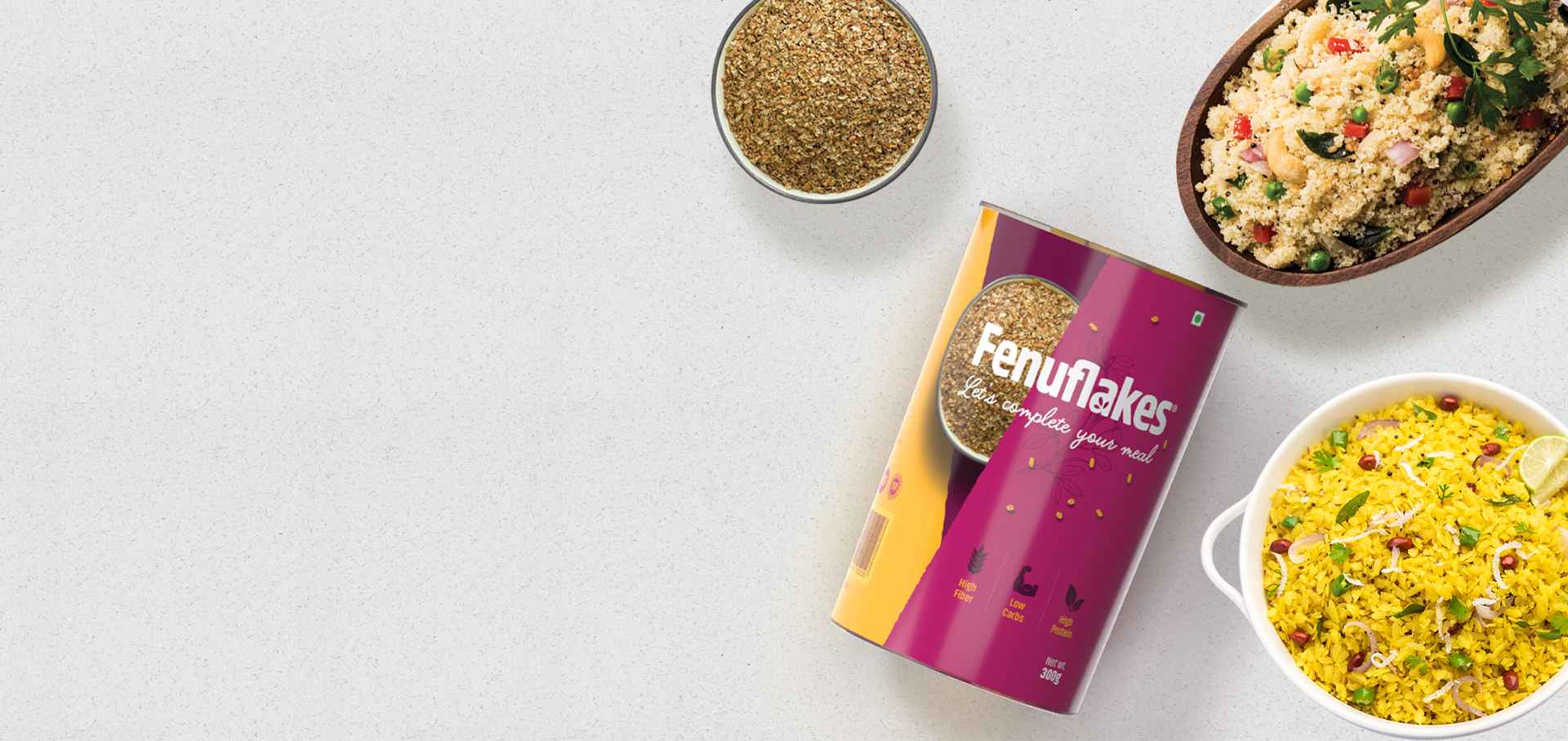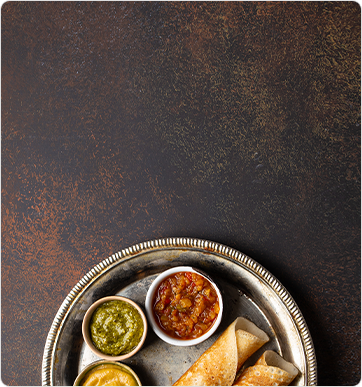March 12, 2022 | By fenuflakes | 0 Comments
How to Meet Your Fiber Needs
on a Low-Carb Diet: Tips and Tricks
Following a low-carb diet can be challenging, especially when it comes to meeting your daily fiber requirements. High-fiber foods are often restricted to low-carb diets, leaving many people wondering how to meet their daily fiber needs and maintain healthy bowel function and overall health. Fortunately, there are quite a few ways to increase your fiber intake while still adhering to a low-carb diet.
Fiber is a vital component of our diet that plays an important role in maintaining good health. It is a type of carbohydrate that our body cannot digest, but it is essential for maintaining a healthy digestive system and preventing various diseases. Low-carb diets are popular for weight loss and improving metabolic health. However, it can be challenging to consume enough fiber while on a low-carb diet. In this article, we will discuss the importance of fiber and how it can be included in a low-carb diet.
Fiber is classified into two types: soluble and insoluble. Soluble fiber dissolves in water and forms a gel-like substance in the gut, which helps in slowing down the absorption of glucose and cholesterol. Insoluble fiber, on the other hand, does not dissolve in water and adds bulk to the stool, thereby preventing constipation and promoting regular bowel movements.
Low-carb diets are based on the principle of reducing carbohydrate intake to promote weight loss and improve metabolic health. These diets typically restrict the consumption of grains, legumes, and starchy vegetables, which are rich sources of carbohydrates. As a result, people following a low-carb diet may struggle to consume enough fiber, as many high-fiber foods are also high in carbohydrates.
However, it is important to note that fiber is an essential nutrient that should not be overlooked, even on a low-carb diet. It helps in regulating blood sugar levels, promotes satiety, and prevents constipation.
Some of the best high-fiber, low-carb foods include non-starchy vegetables like leafy greens, broccoli, cauliflower, and bell peppers. Fenuflakes has more than 65% of fiber and less than 1% carbs. Berries, nuts, and seeds are also reliable sources of fiber and can be consumed in moderation on a low-carb diet. Additionally, there are various high-fiber, low-carb alternatives to grains and bread, such as flaxseed meal, almond flour, and coconut flour, which can be used in recipes to increase fiber content.
All in all, fiber is an essential nutrient that should not be overlooked, even on a low-carb diet. Even though it can be a bit challenging, it is still possible to include high-fiber, low-carb foods in your diet. By doing so, you can enjoy the benefits of a low-carb diet without compromising on your fiber intake. It is always advisable to consult a registered dietitian to ensure that your diet is balanced and meets your nutritional needs.
Here are 10 tips for meeting fiber needs on a low-carb diet:
- Eat non-starchy vegetables: Vegetables like broccoli, cauliflower, zucchini, and spinach are low in carbs but high in fiber. Adding these to your low-carb meals will help increase your fiber intake.
- Include berries in your diet: Berries like raspberries, blackberries, and strawberries are high in fiber and low in carbs. They can be added to smoothies or eaten as a snack.
- Use high-fiber flours: Flours like almond flour, coconut flour, and flaxseed meal are high in fiber and can be used in baking to make low-carb bread and other baked goods.
- Snack on nuts and seeds: Nuts and seeds like almonds, chia seeds, and sunflower seeds are high in fiber and can be eaten as a snack or added to salads.
- Choose low-carb fruits: Fruits like avocado, olives, and tomatoes are low in carbs but high in fiber. They can be added to salads or eaten as a snack.
- Add Fenuflakes to your diet: Fenuflakes is flakes made from fenugreek (methi) seeds. It contains more than 65% fiber and less than 1% carbs. It’s an ingredient that can be added to a wide range of recipes and give your dishes a nutritional boost.
- Incorporate chia seeds into your diet: Chia seeds are high in fiber and can be added to smoothies, and oatmeal. They can also be used as a topping for yoghurt or salads or added to any high-fiber snacks recipe.
- Choose high-fiber low-carb snacks: Snacks like cheese and hard-boiled eggs are low in carbs but high in fiber and protein.
- Add flaxseeds to your meals: Flaxseeds are high in fiber and can be added to smoothies, and oatmeal, or used in baking to increase fiber intake.
Related Blogs
A Guide to FODMAPs and the Low FODMAP Diet

Help feed
your hunger.

Submit your recipe on Fenuflakes®
The Role of Dietary Fiber in Metabolic Health
How Fiber Supplements Improve Digestion
The Benefits of High-Fiber Supplements
Join Our Club to Get Offers & Updates
Lorem Ipsum is simply dummy text of the printing and typesetting industry. Lorem Ipsum has been the industry’s standard dummy text ever since the 1500s, when an unknown printer took a galley of type and scrambled it to make a type specimen book.
standard dummy text ever since the 1500s, when an unknown printer took a galley of type and scrambled it to make a type specimen book.

